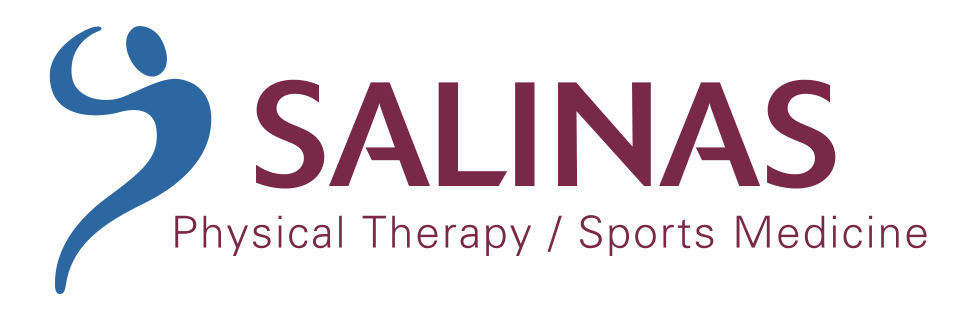Phone: (714) 695-1566
Fax: (714) 695-1553
Email: info@salinaspt.com
23655 Via Del Rio, Suite C
Yorba Linda, CA 92887

Phone: (714) 695-1566
Fax: (714) 695-1553
Email: info@salinaspt.com
23655 Via Del Rio, Suite C
Yorba Linda, CA 92887

Heart disease is a leading cause of death and disability. This shouldn’t be a surprise – it’s been at the top of the list for years. You know that taking care of your heart is important. That means doing things like eating right, avoiding smoking, and exercising regularly. While all of those things can be difficult, today we’re going to focus on exercise.
Cardiovascular exercise is anything that makes you breathe harder and your heart pump faster. That could be walking, running, dancing, biking, swimming or hiking. It strengthens your heart and blood vessels. It can help control weight, lower blood pressure, reduce stress, and prevent heart disease.
If you’re regularly going for a run or swimming laps, you don’t need help from your Physical Therapist. But 3 out of 4 adults aren’t exercising regularly. If you’d like to get started, our team can help get you back on track. It’s not uncommon to get injured, then never get back to your old routine. We can help you deal with the old injury and design a plan to get you safely back to enjoying the things you love doing most.
It’s also not uncommon to try to be more active on your own, only to stir up pain somewhere like your back, hip, knee or shoulder. Our Therapists can help with that too. They’ll figure out why you’re having pain, help you correct it, and design a plan to reach your goals.
We can also help you safely increase your activity levels after major medical issues like a heart attack, stroke, or even cancer. Recent research has shown improvements in cardiovascular fitness, fatigue levels, and even pain in cancer patients who participate in a personalized physical fitness plan.
Measuring your heart rate is one of the best ways to understand your body’s target heart range. Generally, to figure out whether you are exercising within the target heart rate zone, you will need to briefly stop exercising to take your pulse. You can take your pulse at your neck, wrist, or chest.
We recommend the wrist. You can feel the radial pulse on the artery of the wrist in line with the thumb. Place the tips of the index and middle fingers over the artery and press lightly. Do not use the thumb. Take a full 60-second count of the heartbeats, or take for 30 seconds and multiply by 2. Start the count on a beat, which is counted as “zero.”
Your estimated target heart range will depend on your age. To estimate your maximum age-related heart rate, subtract your age from 220. For example, If you are 50 years old the estimated maximum age-related heart rate would be calculated as 220 – 50 years = 170 beats per minute (bpm).
For moderate-intensity you should aim between 64% and 76% of your maximum rate.
For vigorous-intensity physical activity, your target heart rate should be between 77% and 93% of your maximum heart rate.
Source: Centers for Disease Control and Prevention
For more information on heart health visit: American Heart Association
Whatever your barriers to physical activity are, we can likely help you overcome them. As movement experts, our team is trained to deal with a variety of conditions. We can help you work around whatever issues you have so you can safely elevate your heart rate and keep cardiovascular disease away.
Contact our office to schedule a FREE injury consultation and get back to the lifestyle you deserve.
[button link=”#https://salinaspt.com/contact/”] Schedule an Appointment [/button]